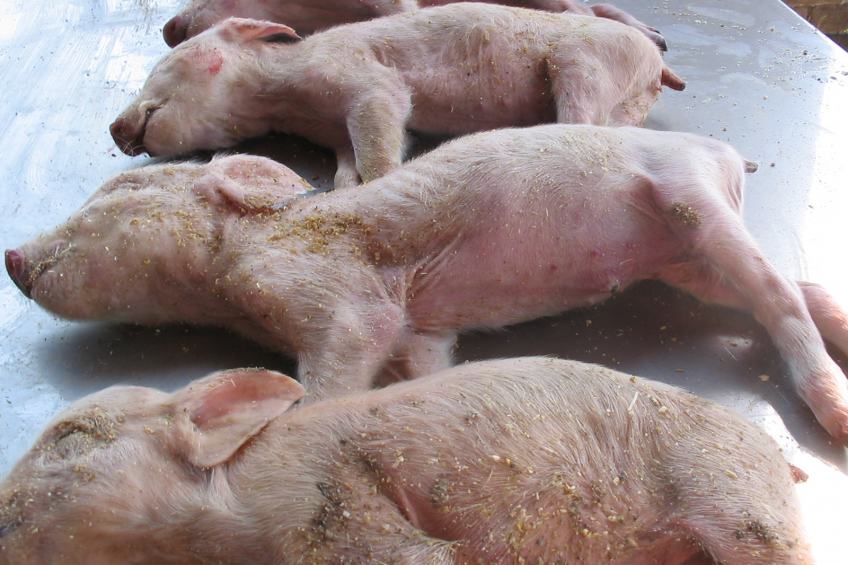Disinfectant proves successful against PEDv

Researchers at the University of Minnesota have shown that a desinfectant is particularly effective against Porcine Epidemic Diarrhoea virus (PEDv).
PEDv has caused significant losses for a number of years in the United States, China and Eastern Europe. Although it is now tapering off in the US, the status remains unchanged in China and Eastern Europe. In order to evaluate the possibilities of limiting this disease on an international level, Vitfoss decided earlier this year to have researchers look at whether Stalosan F, already known for being effective against PRRS virus as well as Salmonella and Lawsonia bacteria, has any effect against PEDv.
Results from a series of lab tests at the University of Minnesota show that Stalosan has a significant effect on PEDv.
Almost complete elimination of PEDv
“The results obtained by the researchers are extremely interesting. So it is significant that Stalosan F appears to have a particularly good effect, as it almost completely eliminated the PEDv virus in trials. According to the trials it is 99.9% effective,” said Dr Ivan Gospodinov, who oversaw trial design in cooperation with the University of Minnesota, USA.
The clear messages from American researchers mean that Vitfoss is now gearing up to market Stalosan F and the product’s efficacy to prevent and fight PEDv in those areas of the world where the diseases remains a problem. PEDv results in reduced appetite, diarrhoea and vomiting.
Gospodinov said, “PEDv is a major problem in many countries, so we now want to drill down on getting the news and the product out to the affected areas and to minimise spread of the disease.”
Veterinarian applauding results
Danish veterinarian Pia Conradsen, from Svinevet, applauds the new results.
“In addition to the fact that infected herds need to be immunised, step two is then to reduce infection pressure. This is where the results from the Stalosan F tests are immensely interesting: until now we did not have any effective agents against it,” said Conradsen, who also stresses that it is important to reduce infection pressure on infected properties, just as it is critical to limit risk of spreading the infection during transport between herds.











